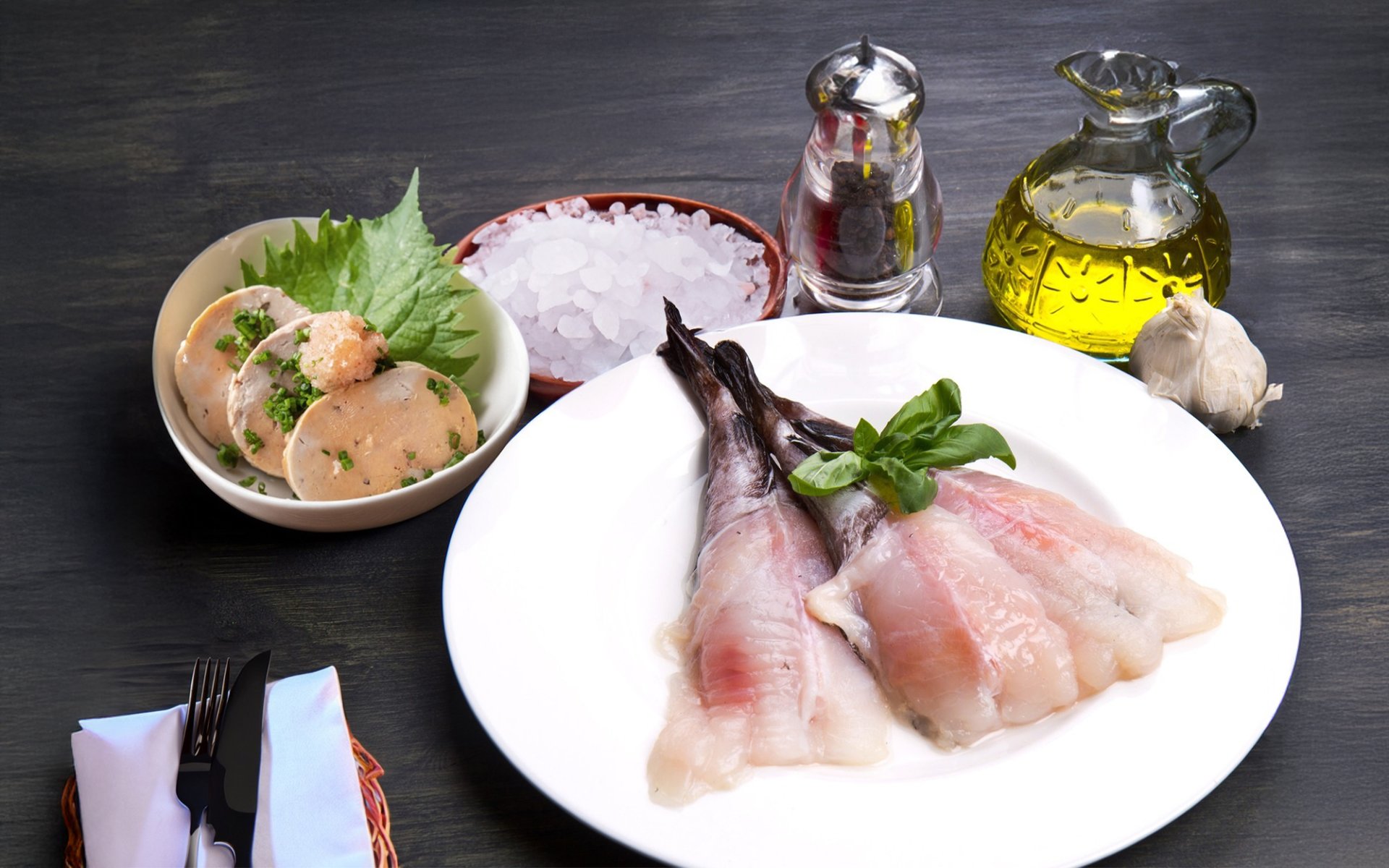Monkfish

Monkfish, also known as Anko Fish, is often nicknamed the Devil of the Sea. This deep-sea fish has an unusual appearance, featuring a large head, a slender body, rough dark brown to almost black skin, and a wide mouth with sharp teeth. It predominantly inhabits the deep seafloor of the North Atlantic Ocean, from the coast of Norway to the Mediterranean Sea. Today, Rimping Supermarket will introduce you to this strangely fascinating yet incredibly delicious fish.
Master of Camouflage and the Monk of the Sea Legend
Monkfish earned its moniker as the Master of Camouflage due to its skin, which resembles mud, allowing it to blend seamlessly with the ocean floor. When hunting, the monkfish ambushes its prey by hiding in mud or murky water, keeping its mouth agape. Any unsuspecting prey that passes by quickly becomes its meal.
A Polish legend recounts that in 1531 AD, while fishermen were sailing in the ocean, they encountered a giant fish that looked like an ancient monk lying still in the sea from afar. Imagining it to be a monk of the sea, they named it Monkfish.
From Discarded Catch to Global Gourmet Delicacy
Long ago, fishermen who caught monkfish often threw them back into the sea, unaware that this species would become a prized ingredient on gourmet tables. However, today, monkfish is highly sought after in the gourmet culinary world.
Despite its peculiar and unappetizing appearance, modern discoveries reveal that monkfish is incredibly delicious. It has firm, lean flesh with a delightful taste, often compared to lobster. The tail section is most commonly used in various dishes, such as fish steaks, grilled monkfish, fried monkfish, braised monkfish, monkfish stew, monkfish stir-fried with olive oil, or even monkfish curry.
Besides the tail meat, the monkfish liver, known as Ankimo (鮟肝) in Japanese, is also revered as a delicacy. It boasts an excellent, rich, sweet, and smooth flavor that melts in your mouth, earning it the nickname Foie Gras of the Sea.
Monkfish liver is a top-rated delicacy in Japan. In Japan, it's typically served in small portions with thinly sliced spring onions and grated daikon radish seasoned with red chili, then drizzled with ponzu sauce. It's often paired with sake or shochu. Japanese connoisseurs say that monkfish liver is at its most delicious during winter, from around December to February.
Nutritional Value and Sustainable Fishing
Beyond its delicious taste, monkfish also offers significant nutritional value. It is a good source of protein, is low in fat, and rich in vitamins and minerals such as Vitamin B12, phosphorus, and selenium. It also contains beneficial Omega-3 fatty acids, essential for heart health and brain function. Furthermore, monkfish liver is an excellent source of insulin, making it beneficial for diabetic patients.
After discovering its deliciousness and nutritional benefits, monkfish has become increasingly in demand in the market. Consequently, in recent years, there has been a push for more sustainable fishing practices to ensure the long-term survival of monkfish and prevent its extinction. These fishing measures include improved fish stock monitoring, enhanced fishing techniques to minimize environmental impact, and the enforcement of stricter fishing regulations.


